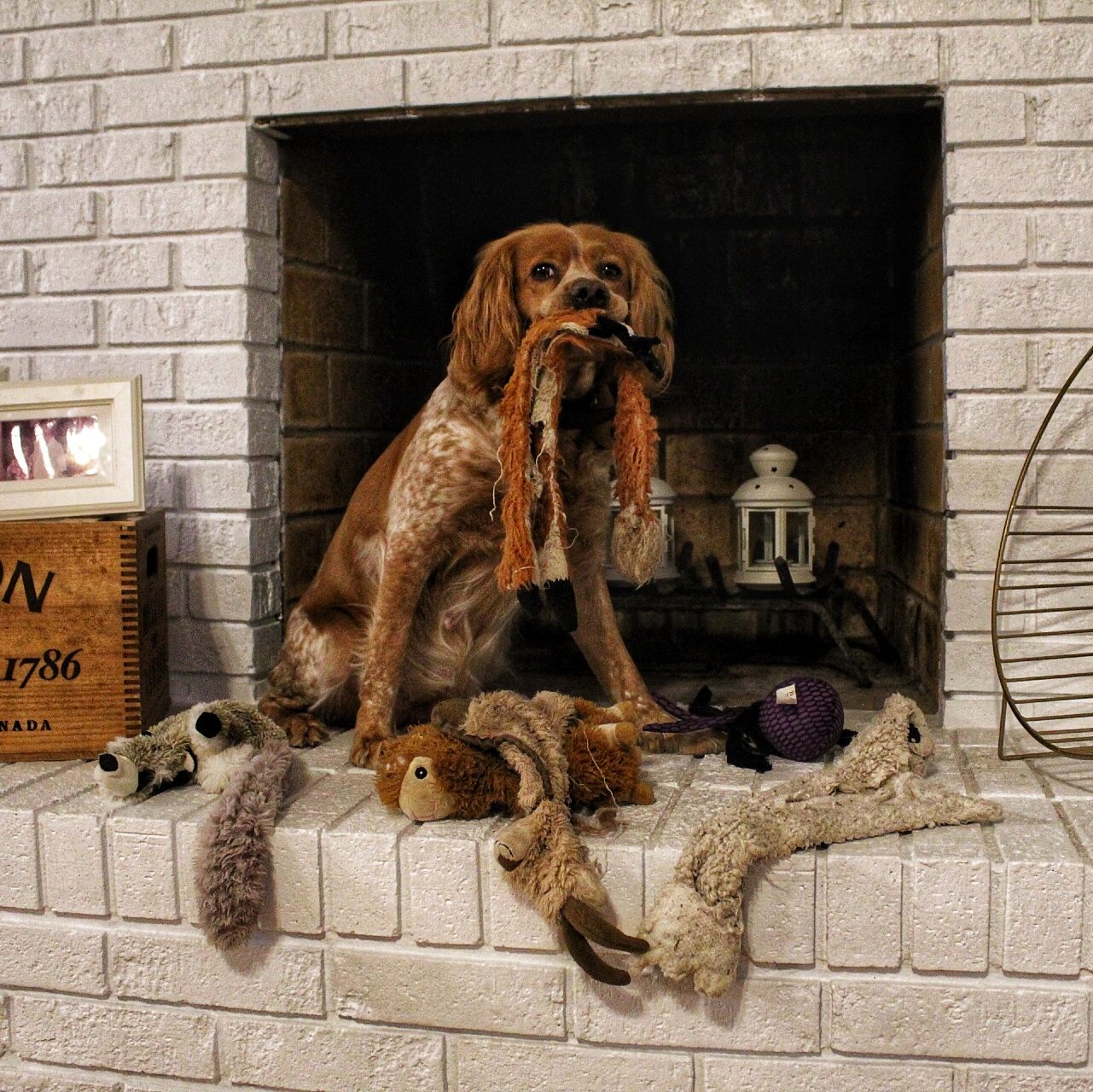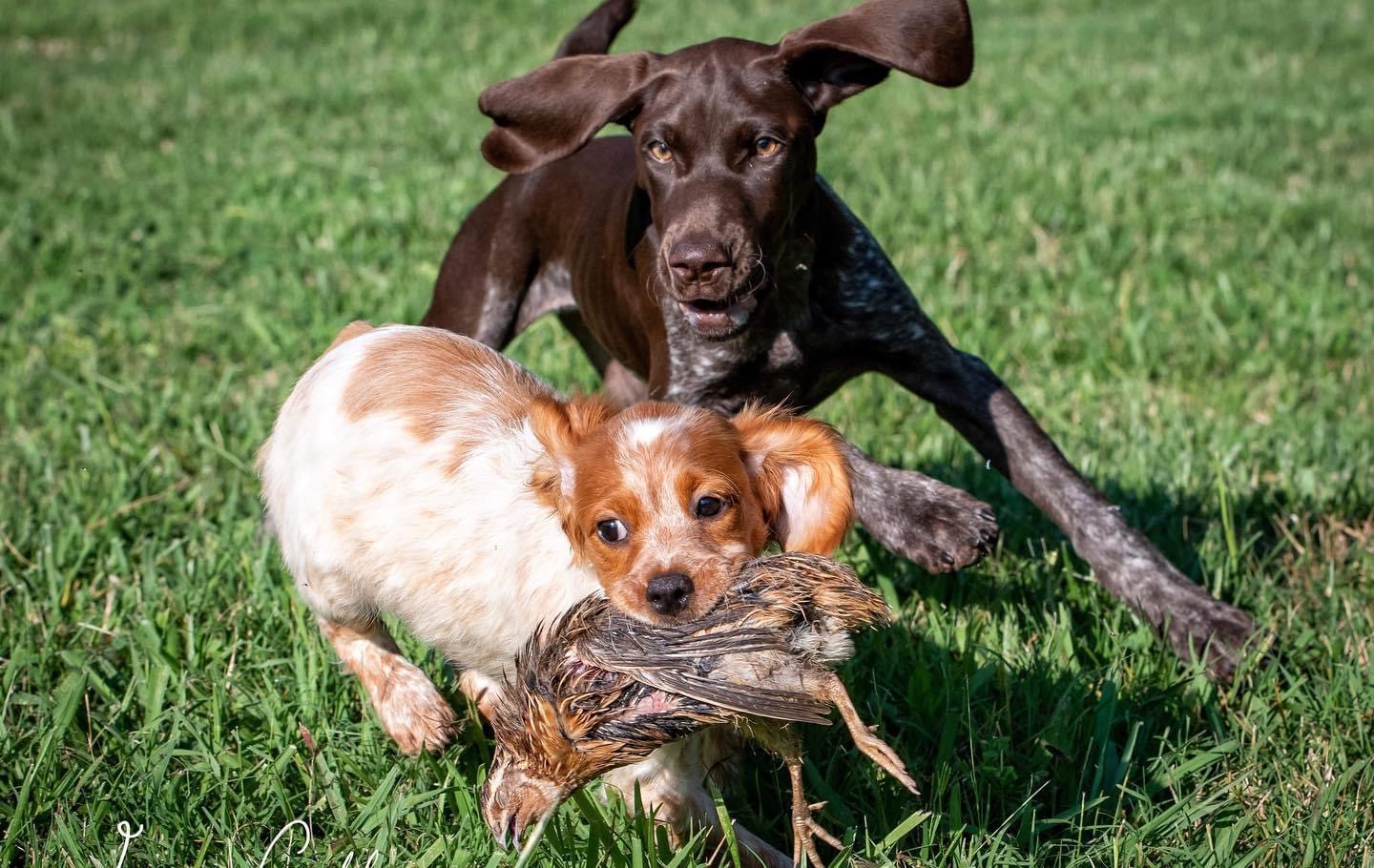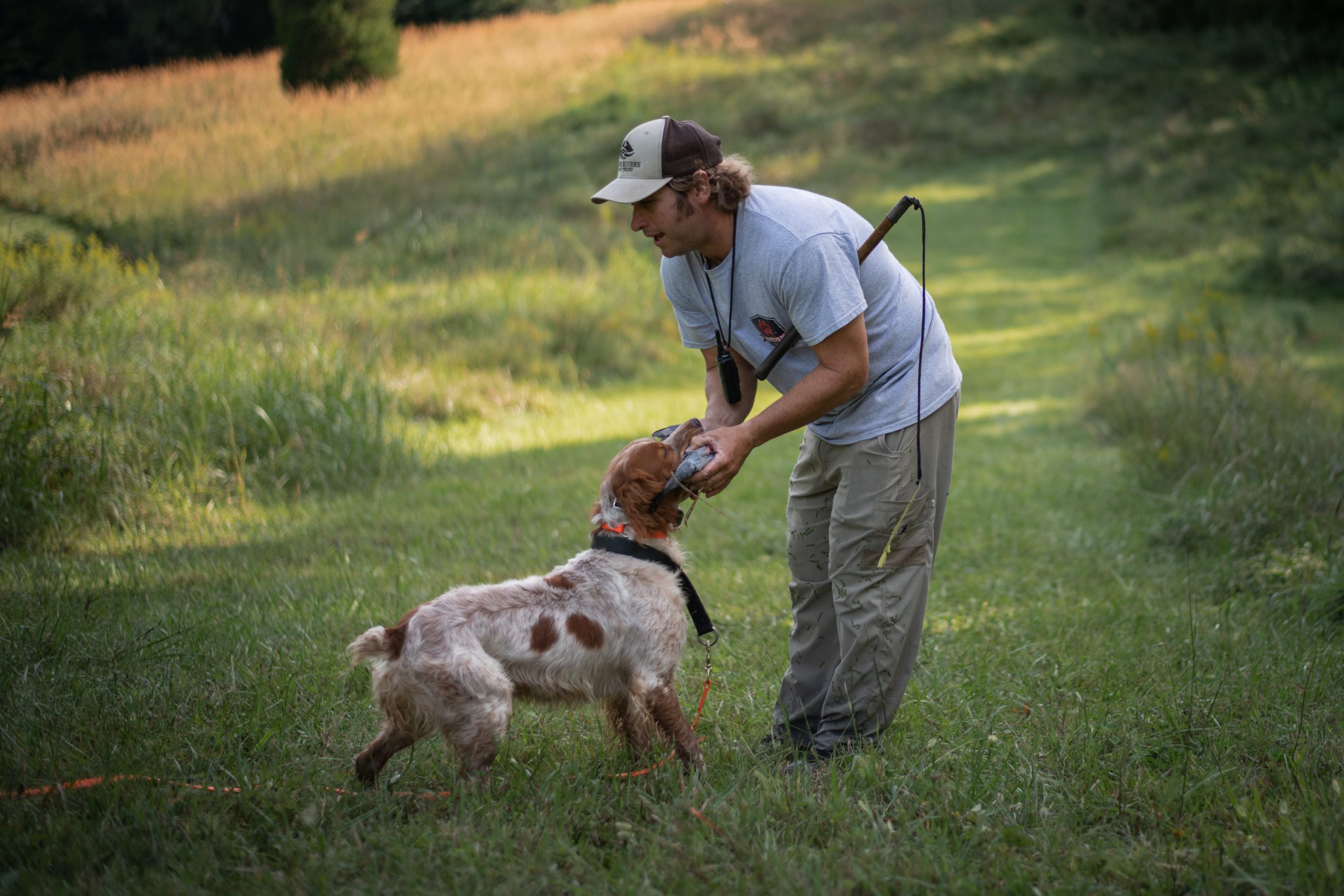Being a novice dog trainer is confusing. You’ve developed this new passion that has somehow come to consume your every waking thought and now you’re on the hunt for information. Lucky for you everyone you’ll meet in the dog world will have a few pearls of wisdom to pass along, and even better here in the age of facebook groups and blogposts you can take your information by the truckload. No doubt, the first wise words you’ll read or hear are “Never do this (“this” is any number of things) with your dog!”
Here’s a short list of some of the never do’s I’ve heard over the years:
1- “Never teach your bird dog to sit.”
2- “Never give your bird dog a squeaky toy.”
3- “Never let your puppy play bite.”
4- “Never bribe your puppy with treats.”
5- “Never play wing on a string with your puppy.”
6- “Never let your puppy catch a pen raised bird.”
7- “Never let your puppy play with a retrieve toy outside of training.”
8- “Never give your puppy more than three retrieves in a session.”
Like most clichés these little nuggets of horse sense exist for a reason; left unchecked some of these behaviors can have a knock-on effect in later stages of training. Unfortunately, bird dog neophytes (like me not too many years ago) can get so lost in the “never do’s” that they end up suffering a sort of puppy training paralysis, and god forbid they become exposed to this information after they’ve committed some cardinal “never do” puppy sin. How will they ever salvage the mess they’ve made of their young, squeaky toy murdering, sitting, bird catching, sight pointing mess of a bird dog pup?
Well, there’s hope. With a few exceptions most undesirable conditioned behaviors can be overcome without too much hassle. I’d much rather someone bring me a environmentally stable young dog with a hard mouth and a propensity to chase and catch birds than an overly cautious young dog that’s never left the bubble of his or her concerned owner. I often end up unwinding over trained young dogs and starting from scratch as they’ve never been allowed to develop all of their potential natural drives and desire (this is a topic for another blog altogether, The Problem with the Linear Model of Training Progression).
The things that I think we should all be careful to avoid are what my friend Jerry calls “singular learning events” in which associations between traumatic stimuli and appropriate behaviors are created (i.e. improper introduction to the gun, heavy collar corrections in chase). Basically, if you’re unfamiliar with how to safely introduce your dog to the gun and not sure how to condition them to the e-collar, getting a little professional guidance is advised. Most pros I know are happy to help folks get started without having them commit to a long term board and train.
So, if you want to teach your dog to sit… teach it to sit with the understanding that you’ll also want to teach it to stop and stand at some point and using too much mechanical pressure for sit may have a carry over effect that you’ll need to overcome in the context of bird work in the future. If your puppy loves squeaky toys, know that they’re receiving feedback from the toy that may promote chewing and you may need to counter-condition that behavior on birds. Play wing on a string for a while with the understanding that at some point the puppy will have to learn to rely on his/her nose and not their eyes. You get the idea, training never ends, build drive in your pups and let them explore the world outside of the bubble. Stay committed to training as the pup matures into a bird dog. Don’t let your fear of the “never do” list keep you from experiencing the joys of puppy ownership.




